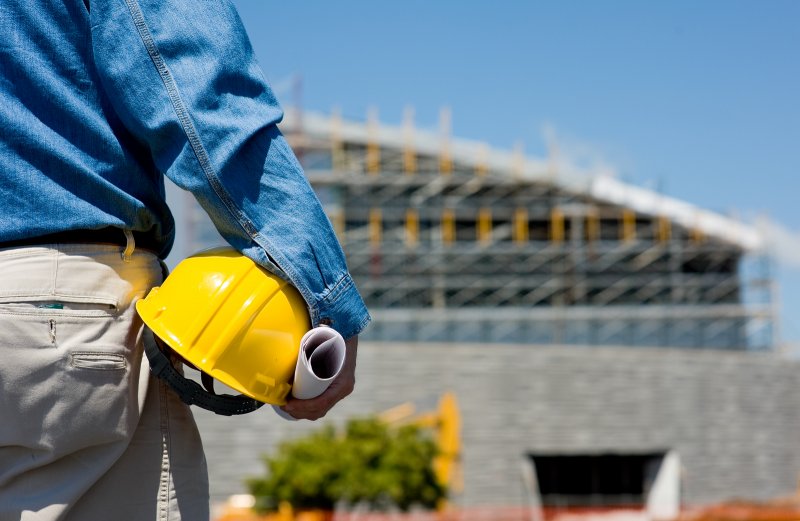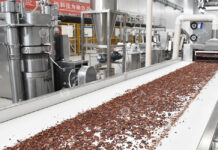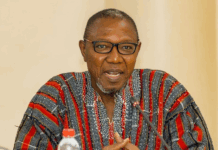
An Accra-based architect has called on government to put more effort in implementing its policy directive of using 60% local materials in all public infrastructure.
Mrs. Akosua Obeng Mensah, an architect with Orthner Orthner & Associates believes that the government’s commitment to enforcing its own local material directive will set a good example for Architects, real estate developers and the general public to follow.
The directive, if enforced, will also encourage more businesses to invest in local building materials and provide an innovative, sustainable and indigenous means of reducing the housing deficit facing the country currently.
Ghana is estimated to have a deficit of over 1.7 million housing units. This has been attributed to the inadequate supply of homes each year due to the high cost of producing housing units.
Currently government spends over $ 250 million annually to import materials for state-funded construction which only exacerbates the high cost of construction and makes providing affordable homes for Ghanaians unsustainable.
Meanwhile, the Managing Director of Lamudi Ghana, Akua Nyame-Mensah has said: “Most real estate developers try to put up affordable properties, but to solve the housing deficit, we need to support the government and other stakeholders to come up with more innovative strategies, like encouraging the use of local materials in the construction of sustainable properties.”
In this era of climate change, limited resources and as signatory of the Paris Climate Change agreement, Ghana needs to start taking sustainable design and building more seriously.
Sustainable buildings are buildings designed to have as little impact on the environment and energy/water resources as possible during their construction and occupation. An important feature of sustainable buildings is the use of local materials such as compressed earth blocks which by their inherent properties are able to cut down on energy consumption.
According to Mrs. Obeng Mensah, sustainable buildings are affordable and only become expensive when additional technological features are added to increase the sustainability.
“Using local materials has the potential to bring building costs down especially when they become more widely available. Most importantly, a sustainable building has lower lifecycle costs or running cost in terms of power, water consumption and even in terms of renovations. Running costs are often forgotten when planning the initial build but are an essential cost that the occupants of the building shall be saddled with for 50 years or more”.
What can become expensive are the added on technological features such as solar panels etc. However, these can be phased out and added on a later stage so they do not affect the initial building costs.”
Mrs. Obeng Mensah called on the government to provide leadership in sustainable building by pushing the relevant institutions to work together with stakeholders such as Architects, other building professionals, the green building council and the general public to ensure there is enough sensitization on sustainable building practices.
“The government must also create incentives such as interest-free loans or tax exemptions for people implementing on the ground. They have already taken a step in the right direction by subsidising solar panels in the solar rooftop project (www.energycom.gov.gh) something similar needs to be put in place for local materials as well”
In response to a question on the role of real estate agents/ developers, she indicated that “In our environment, the bottom-up approach is always more effective because government cannot solely be relied on to be an instrument for change or transformation; real estate agents and developers and indeed all stakeholders including Architects can be a force for change at the grassroots level, educating clients about the benefits of sustainable building.”























